Flush Your Water Pipes
For buildings that have been empty during COVID 19, as you return to work be sure to flush your pipes to remove stagnant water that can harmful to your health.

For buildings that have been empty during COVID 19, as you return to work be sure to flush your pipes to remove stagnant water that can harmful to your health.

The SVRP aquifer is our sole source of drinking water. Let’s protect it.
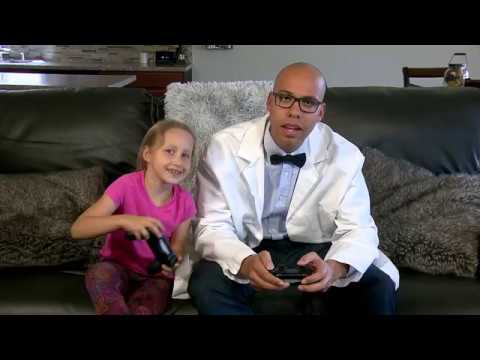
Have some fun and build your own aquifer in a cup.
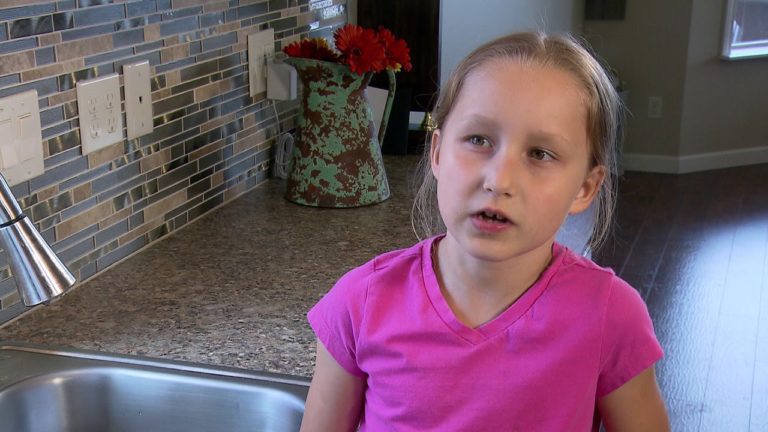
Have you ever wondered where our drinking water comes from? Find out more about water the Spokane Valley Rathdrum Prairie Aquifer.
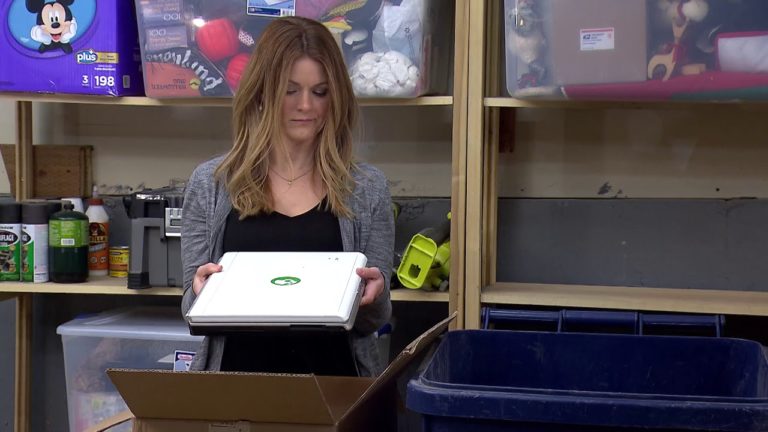
Wondering what to do with different types of waste? Visit SpokaneWasteDirectory.org or KootenaiWasteDirectory.org to find disposal options.

Take the aquifer challenge. What’s the connection between bathrooms and our aquifer? Learn more at www.iwac.com
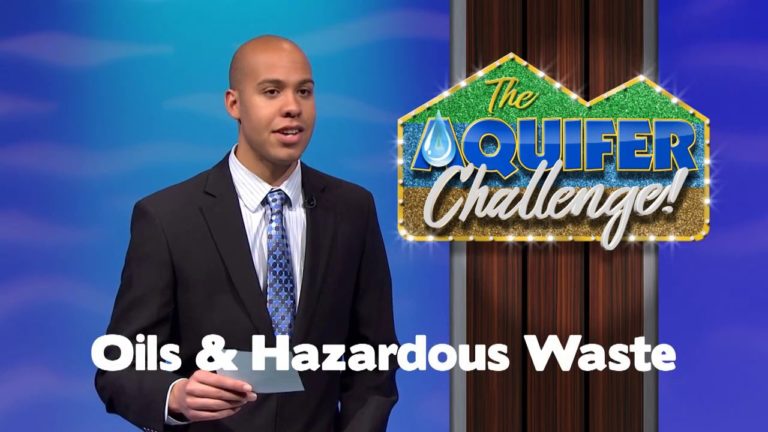
Take the Aquifer Challenge. Storm drains can carry harmful contaminants into our lakes, the Spokane River, and ultimately our aquifer. Name ways you can protect our water. Learn more at www.iwac.com
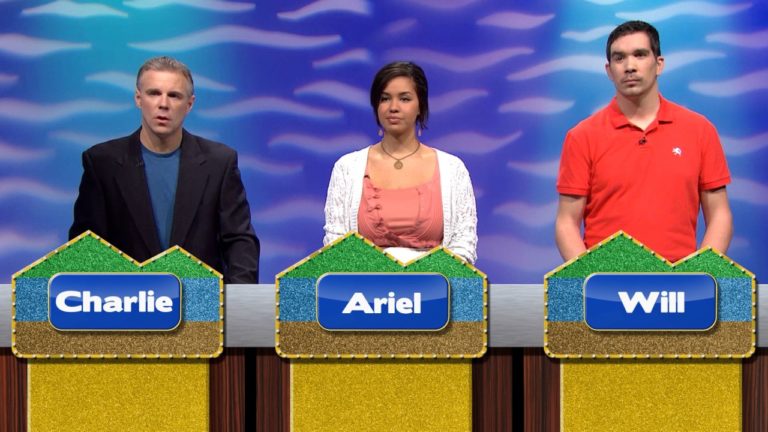
Take the IWAC Aquifer Challenge. What are some water-wise ways to take care of your lawn and garden? Learn more at www.iwac.com
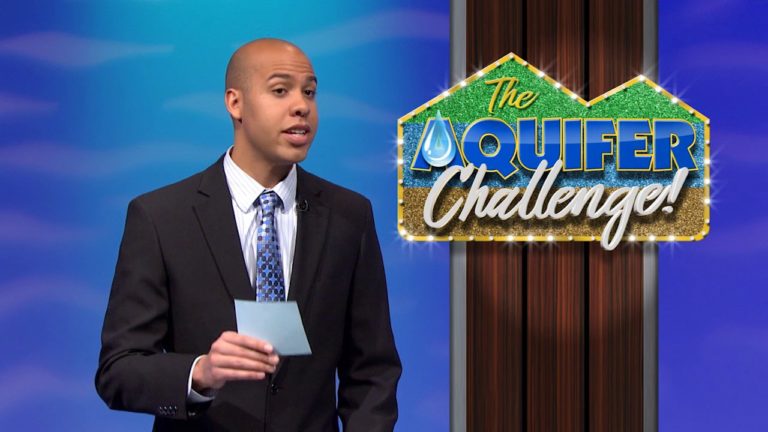
Storm drains can carry some bad stuff into our lakes, rivers, and aquifer. How do we keep some of the worst stuff from getting to our drinking water? Learn more at www.iwac.com

The toilet is not a trashcan. Products labled “flushable” will go down the drain but can cause big problems for your pipes and the pumping stations that take your wastewater to the treatment plant.
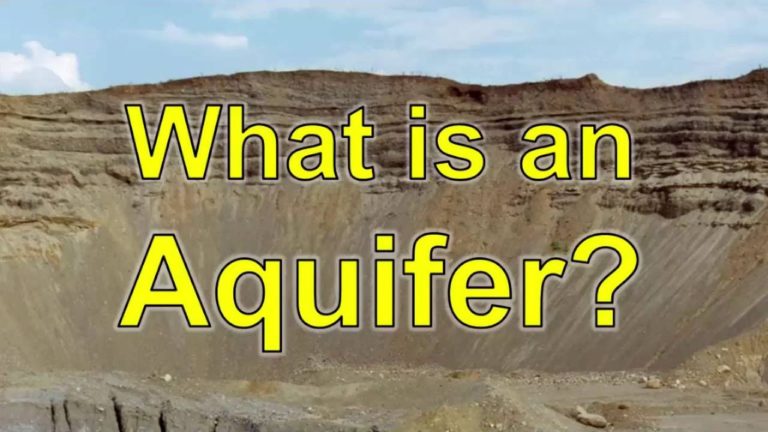
This video describes the basic characteristics of two types of aquifers and identifies four types of geological units that make up many of the aquifers in the US.
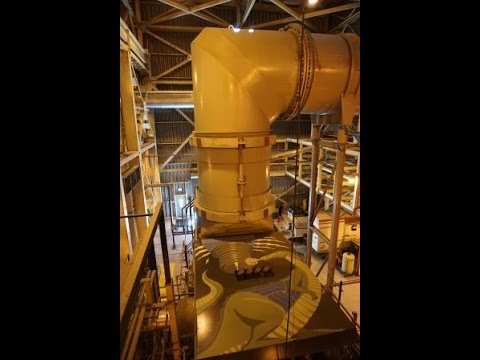
Solid Waste is converted into enegry and ash at the Waste To Energy (WTE) Facility in Spokane Washington. Built in 1991, the WTE Facility celebrated it’s 25th Anniversary.
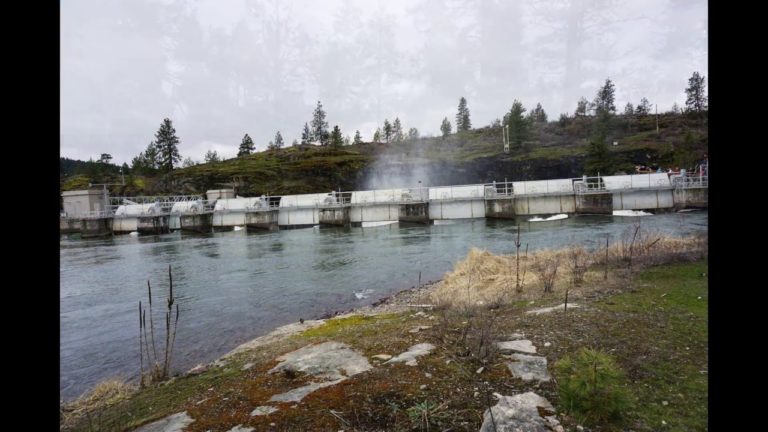
Post Falls Dam in Idaho was originally a log dam built in 1879. In 1906 the dam was rebuilt to produce electricity. Post Falls Dam is part of a series of power generating dams along the Spokane River which runs 111 miles from Lake Coeur d’Alene , Idaho to the Columbia River in Washington..
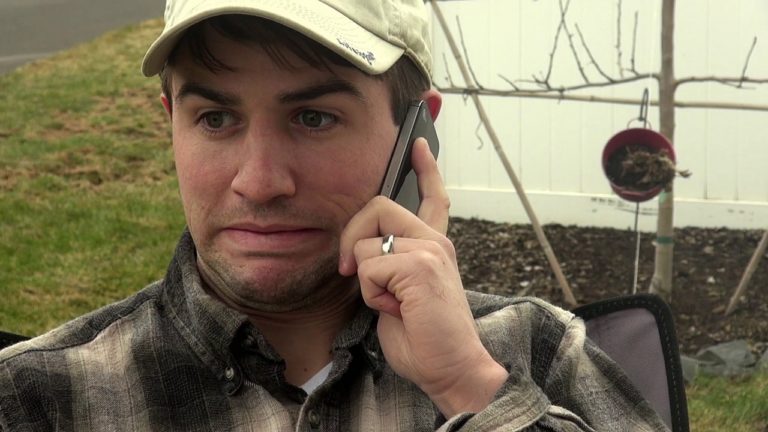
The Call was developed by the Idaho Washington Aquifer Collaborative www.iwac.us in collaboration with Washington State University Graduate student Korey Woodley.

Aqua Duck, Defender of the Spokane Valley Rathdrum Prairie Aquifer, rides the train at Kids Day 2016. Such a great event.

SAJB and Aqua Duck ask you to use water wisely by adjusting your sprinklers. Save money and water by keeping water on your lawn and off of streets and sidewalks.
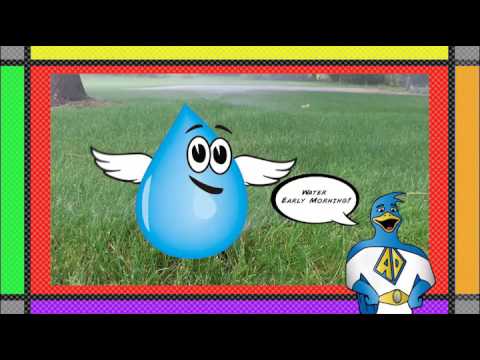
Set your lawn mower at 3-4 inches. Longer grass retains moisture, needs less watering and will save you money.
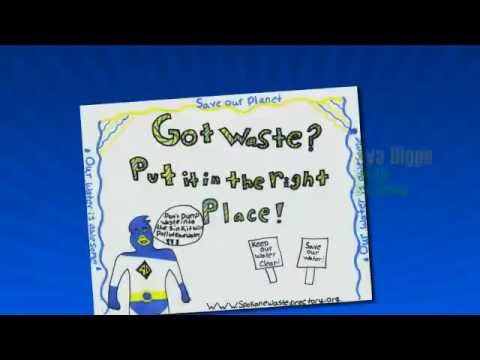
Congratulations to the 2016 “got Waste” Contest Winners.
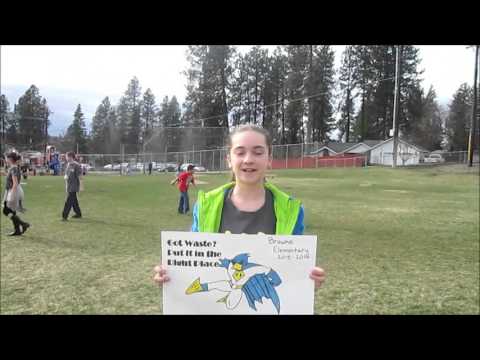
Congratulations to Ms. McAuley’s 6th grade class who created the winning video for the “2016 Got Waste? Put it in the right place!” contest. They also took personal actions to clean up litter at their school and in their community! Thank you!

Everyone can use water wisely. Fix dripping faucets and leaking hoses.

The water you drink today is the same water dinosaurs sipped on. Don’t put anything on the ground that you don’t want to drink.

KSPS public Television interviews Spokane Aquifer Joint Board President, Ty Wick and Whitworth Water District Manager Susan McGeorge to discuss aquifer protection for the Spokane Valley Rathdrum Prairie Aquifer.
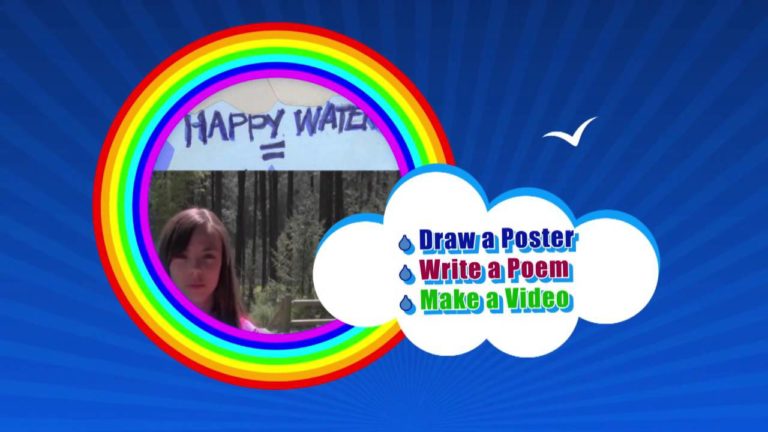
Kids Grades K-6 send your Got Waste Art, poems and videos to info@spokaneaquifer.org. Thanks for helping protect our drinking water.

Remember, anything you dump on the ground can end up in your drinking water.

Wondering how to properly dispose of business or household hazardous waste? Aqua Duck introduces the SpokaneWasteDirectory.org
1521 N. Argonne Rd. Suite C
PMB 250
Spokane Valley, WA 99212
info@spokaneaquifer.org